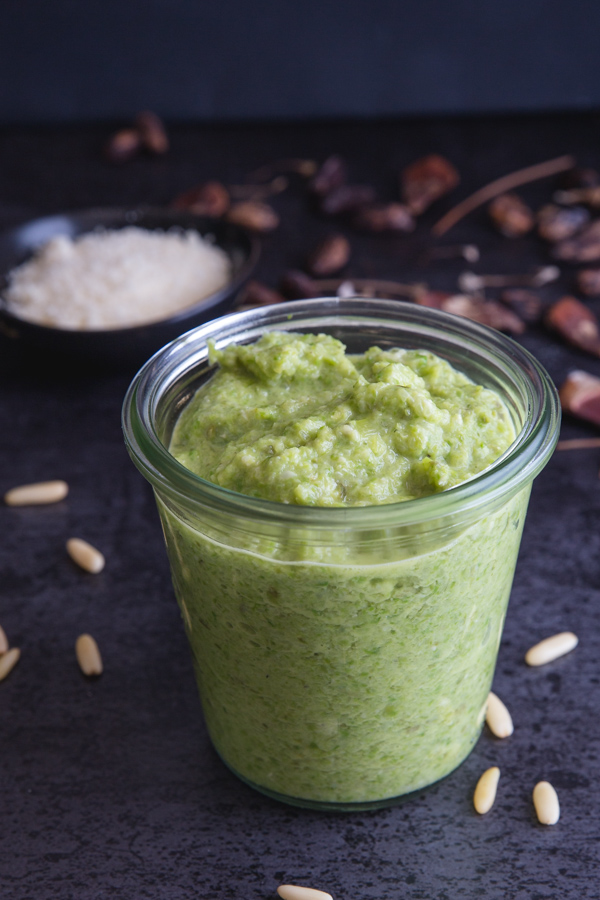 Charred Asparagus End Pesto
Charred Asparagus End Pesto
1/4 C. plus 1 T. extra virgin olive oil
1-to 2-inch ends cut from the bottom of 1 bunch of asparagus
1 C. loosely packed fresh shiso or basil leaves
1/1 C. pine nuts, toasted
1 garlic clove, minced
1/j C. finely grated pecorino Romano cheese
1 T. freshly squeezed lemon juice
This recipe is for the ends of middle-of-the-road asparagus: If the ends are extremely woody, they’re best saved for stock. And if the ends don’t seem very woody at all, you might just want to peel the ends of your stalks instead and save those peelings for tempura)! This is a thick pesto, meant for tossing with hot pasta or smearing on sandwiches. I also think it would make an excellent dip (maybe mixed with softened cream cheese). Thin it out with additional olive oil to use it as dressing. Shiso is a Japanese herb in the mint family; I think of it as basil’s Asian cousin (basil is also the best substitute should you not be able to find shiso). Look for shiso in the produce section of Asian grocery stores or at your local farmers market. Since it can sometimes be hard to find, I opt to grow my own supply. If you can find shiso leaves,. they’ll quickly grow roots when their stems are placed in a glass of water on a windowsill. After they do, plant them. I’ve also grown shiso from seeds procured online and from small plants found at my local farmers market – both options work well. In a medium-size heavy skillet, heat 1 T. of the oil over medium-high heat. Add the asparagus ends to the hot pan, and let them cook, undisturbed, until the side touching the pan chars, 3 to 5 minutes. Move them around a bit to expose another side to the heat, and let them cook, undisturbed, until they are charred on all sides and can be easily pierced with a knife, another 3 to 5 minutes. Remove from the pan and let cool slightly. Using a knife, finely chop the asparagus ends. This is important: If you try to skip this step, the food processor will shred the cooked ends and you’ll have stringy pesto. Add the chopped asparagus ends, shiso, pine nuts, and garlic to a mini food processor and pulse to process all ingredients, scraping down the bowl a couple of times as needed. Then add the cheese and lemon juice and pulse a few more times. Finally, add the rest of the olive oil and process again until smooth. The pesto is at its best when used immediately, so the basil doesn’t discolor, but can be stored in an airtight container in the refrigerator or freezer.
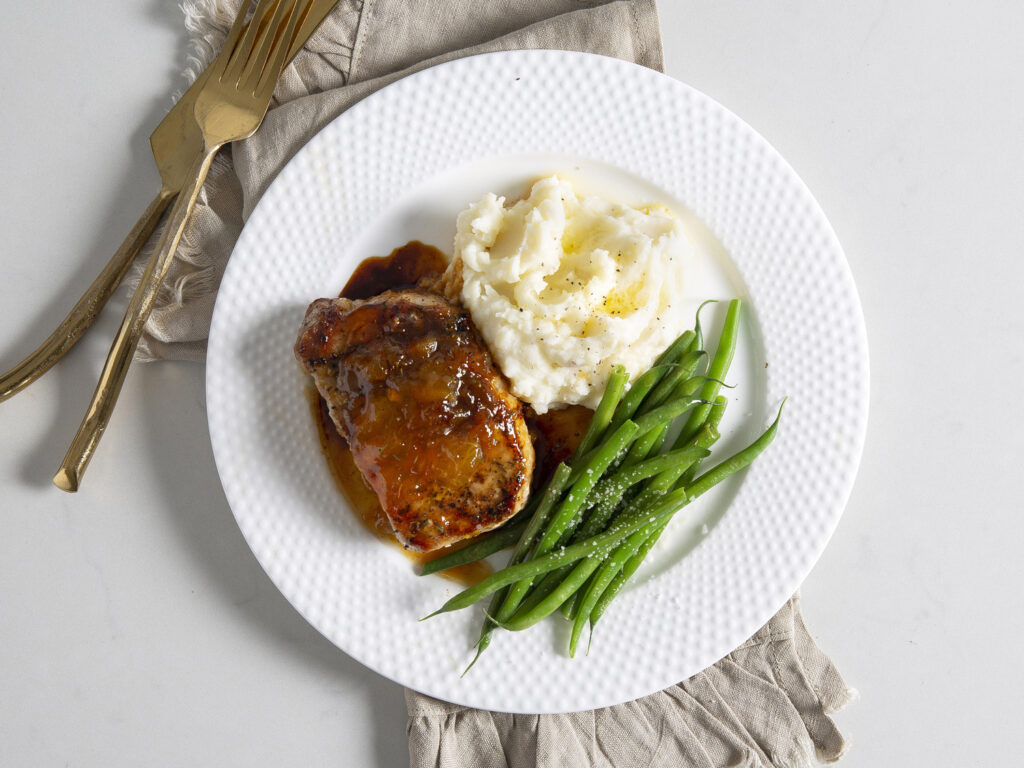
 Beef and Scalloped Potato Casserole & Romaine Salad
Beef and Scalloped Potato Casserole & Romaine Salad Sheet Pan Barbecue Chicken and Sweet Potatoes
Sheet Pan Barbecue Chicken and Sweet Potatoes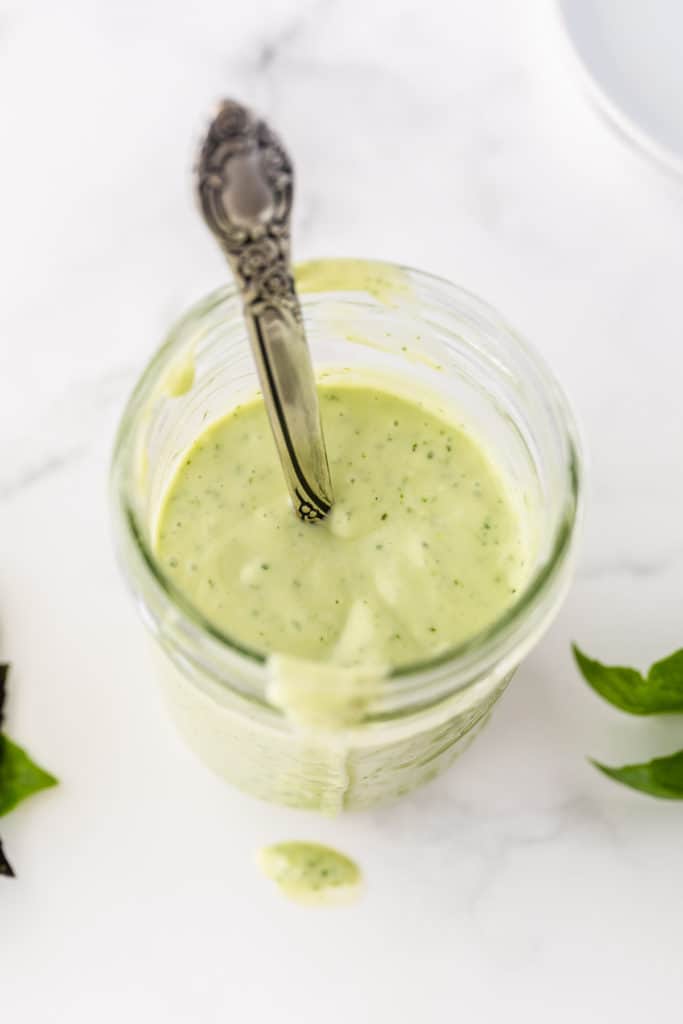 Just Barely Basil Buttermilk Dressing
Just Barely Basil Buttermilk Dressing Charred Asparagus End Pesto
Charred Asparagus End Pesto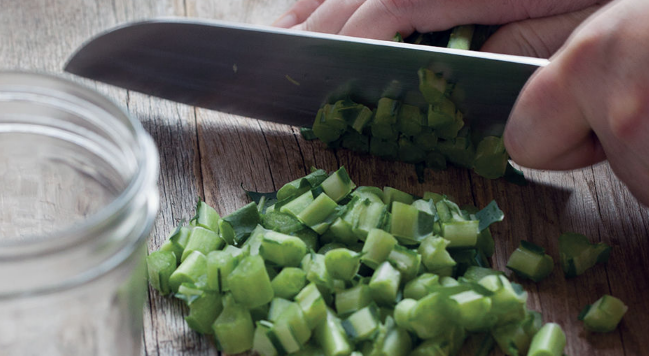
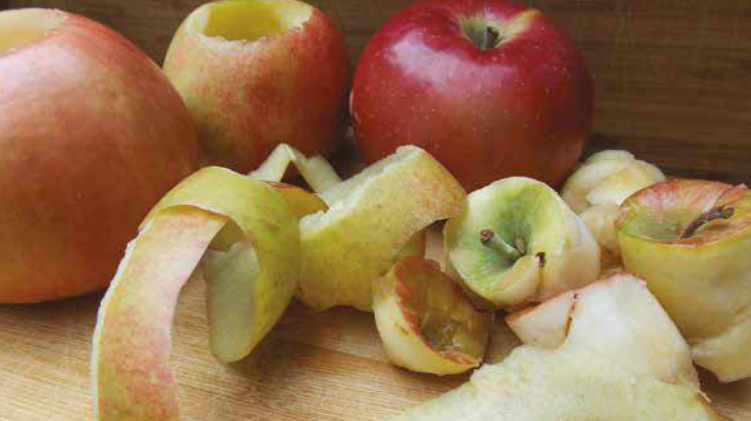
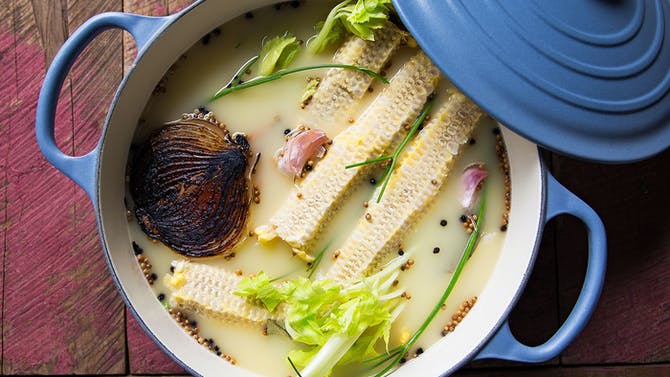 Corncob Stock
Corncob Stock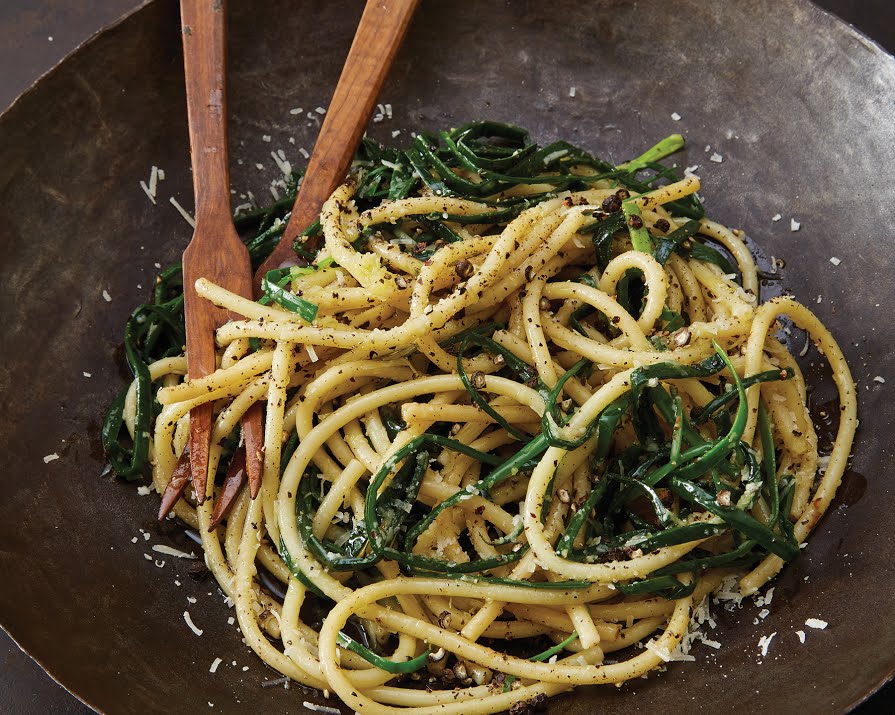
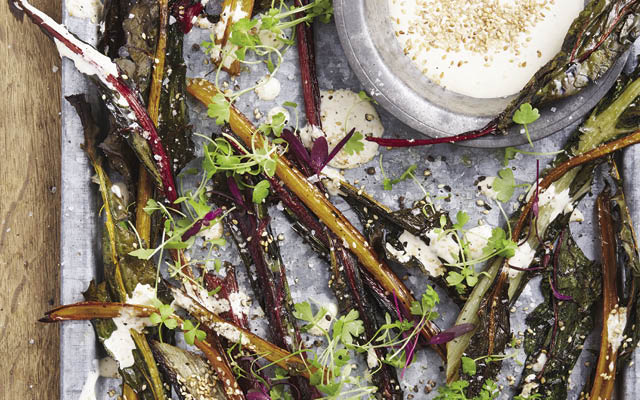 Roasted Swiss-Chard Stems with Creamy Sesame Dressing
Roasted Swiss-Chard Stems with Creamy Sesame Dressing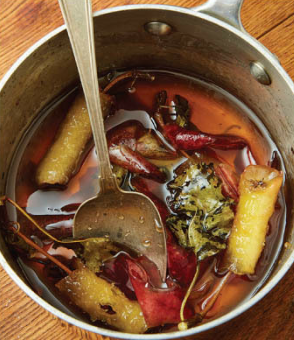 Apple Core Syrup
Apple Core Syrup Pineapple Peel and Core Lemonade with Mint
Pineapple Peel and Core Lemonade with Mint Apple Peel Tea
Apple Peel Tea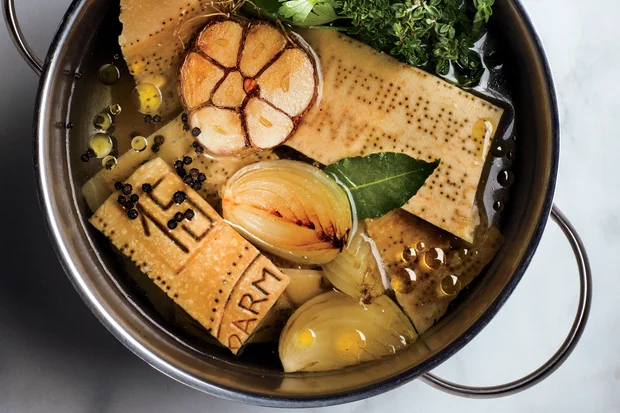 Parmesan Broth
Parmesan Broth